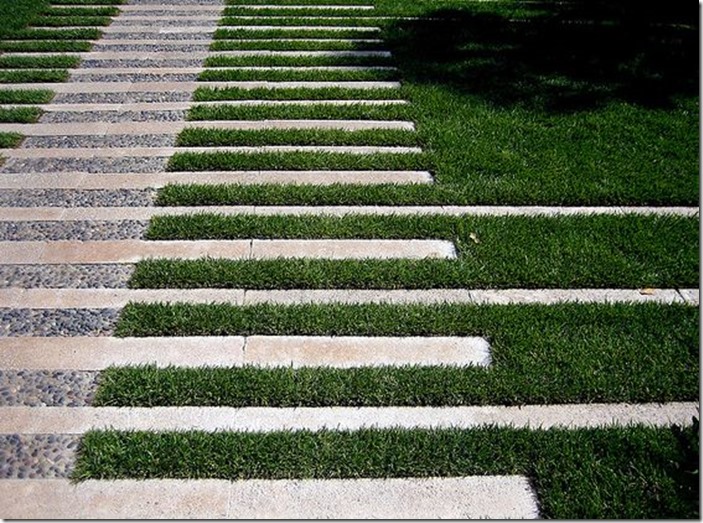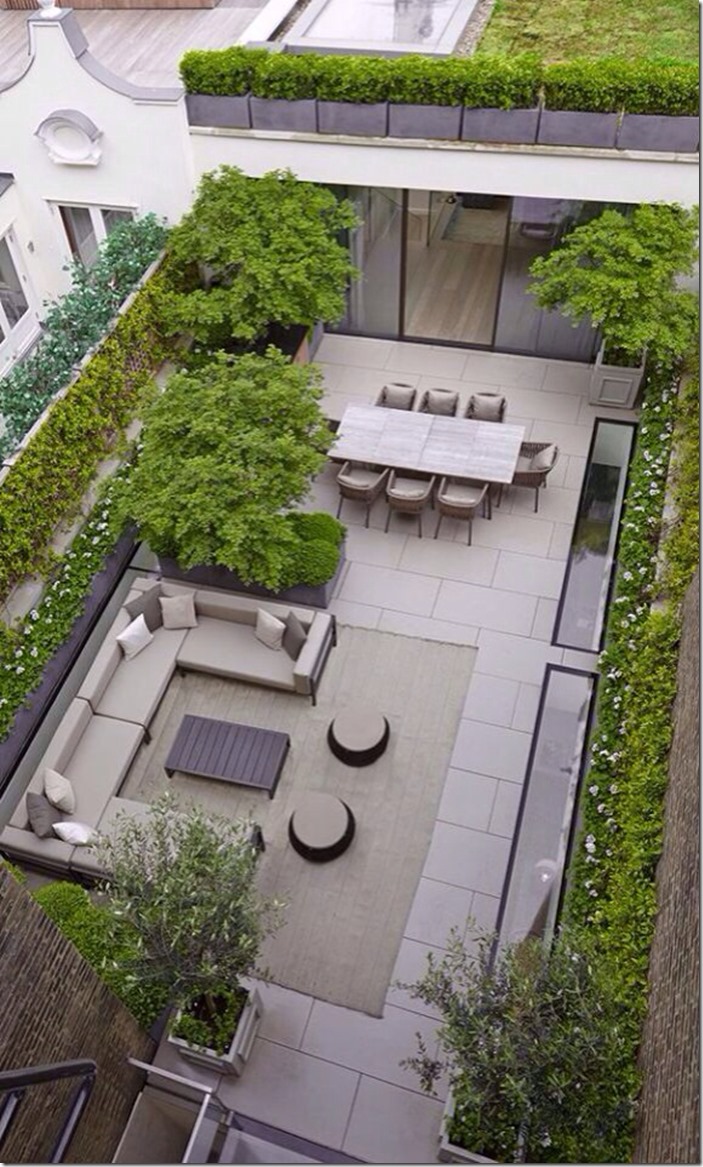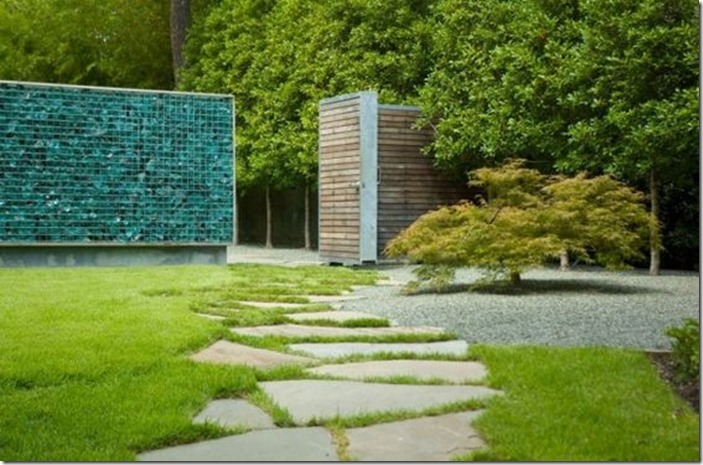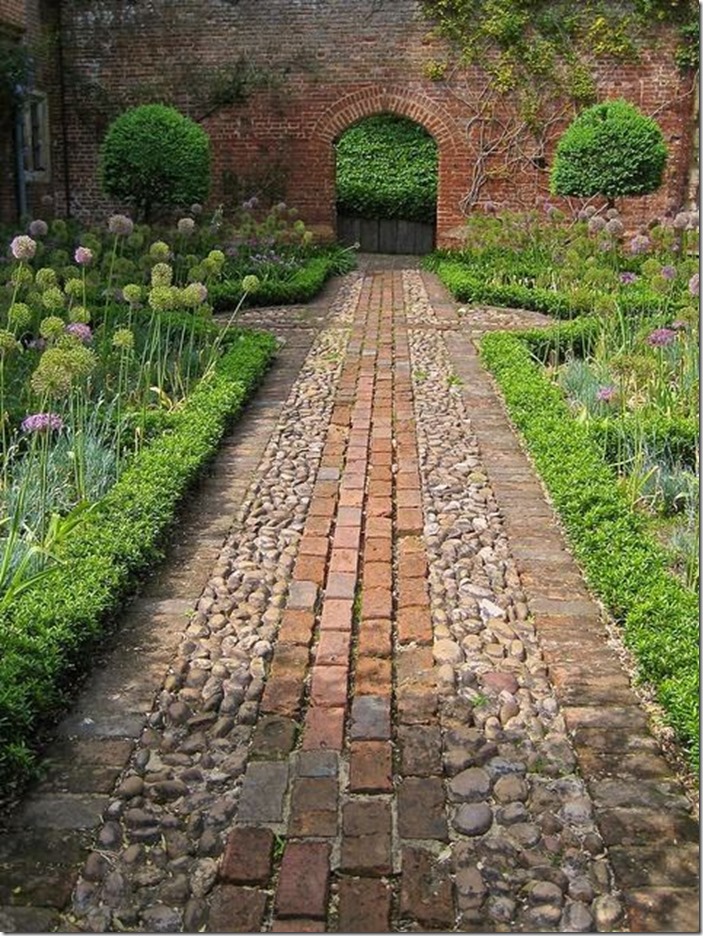
Garden Paths, Desire Lines & Routes of Flow
A garden path should lead you to somewhere and/or away from somewhere. This may appear to state the obvious. But in the context of a garden space, the notion of a path becomes infinitely more complex as function and aesthetics interact.
The traditional garden path was straight, narrow and uncompromising – a concrete route to ‘the shed’. Often dissecting a rectangular lawn, straight down the middle and maybe passing an old apple tree in the grass on one side. Direct, yes, durable, yes (dependent on the depth of concrete, which was usually way in excess of necessity). Useful to a degree, but pleasing to the eye, no, pleasant to walk upon, no and deeply unimaginative.
Do you see where I am going, both literally and metaphorically?
All paths are functional in that they dictate your direction of flow. An artfully designed garden path is an important garden feature. Where is it going and why? It may meander through mysterious depths to semi-secret garden surprises, such as a wildlife pond or a three-dimensional artwork. The path may be strictly utilitarian, taking the quickest route to a shed, garage or another outbuilding to which straightforward and unfussy access is required. It may lead from the road to the main entrance of the house. In a narrow garden, a path may by necessity be a cul-de-sac, arriving at a destination from which you can only retrace your steps the way you came.
Some very pleasing paths loop around different parts of the garden. Stopping off at points of interest such as seating, a terrace or an outbuilding. In this context, the surface may change, for example from gravel to grass or bark chip and back to gravel. The closer to the house the harder the path material should be. So use stone, brick or concrete close to the building. If the garden is big enough use gravel slightly further away. And in the largest gardens, use bark chip or cart grass paths when far enough away from the house.
The choice of surface is critical to the success of a path. In a small urban garden, there will probably be room for just one path to perform all functions. Leading you to and from sitting areas and weaving through the planting. Here it is usually best to stick to one surface, which may echo the colours or textures of the house, so gravel, brick or paving slabs are all contenders. Ultra modern schemes can incorporate glass or durable recycled materials.
Your choice should complement other hard landscaping materials that may be part of the design, perhaps for decking or terraces. The direction in which bricks or slabs are laid will have the effect of speeding up or slowing down your footsteps.
The path should ideally be wide enough for two adults to walk side by side. In woodland areas, however, or if you are seeking to create a sense of mystery, it sometimes works better as a single file walkway. The path should be easy to maintain. Well-drained and able to be swept clean of leaf and other debris from adjacent plants or overhanging trees. Paths should be safe to use, so be aware that in shaded areas most paths will become slippery with moss or algae, requiring additional maintenance.
If you would like to learn more about garden design, consider taking one of our professional courses. Garden Design Diploma Course or our Construction Business & Professional Practice Course,





